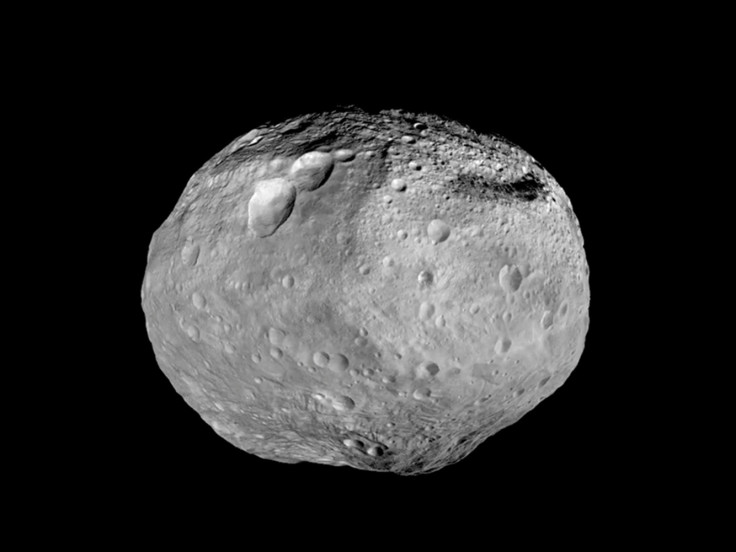Water did not form on Earth but was brought by asteroids when the planet was 2 million years old
Water arrived on Earth when it was just 20% of its current size.

Water, one of the prerequisites for life, arrived on Earth two million years after its formation. According to researchers, water was brought to the planet by angrites in the early years of the Solar System. Angrites are a rare group of water-rich basaltic meteorites.
A new study published in the journal Geochimica and Cosmochimica Acta quoted by Phys.org (PO) by MIT researchers has found that the composition of water on Earth and the composition of water in the angrites "match perfectly". This indicates that water on the asteroid and the water on Earth came from the same source.
The researchers believe that water arrived on Earth even before it was fully formed, when it was likely to have been only 20% of its current size.
Adam Sarafian, from the department of Earth, Atmospheric, and Planetary science at MIT, and lead author of the study, says: "It's a fairly simple assumption to say that Earth's water at least started accreting to Earth extremely early, before the planet was even fully formed. This means that when the planet cooled enough so that liquid water could be stable at the surface, there was already water here."
Earth was fully formed about 4.5 billion years ago and by this time, the researchers say Mars already had a 20-million-year head start, with a stable mass, and water and other chemicals on its surface, like carbon, fluorine and chlorine.
As an inner planet, it had to go through a long phase of being hot and dry before it was fully formed with a stabilised mass. At this stage of planetary evolution, Earth was nothing more than a protoplanet with a molten surface of magma. At such high temperatures, it might not have been possible for water to sustain itself as even carbon with a melting point of 4,800 degrees Celsius was considered to be volatile.
The researchers measured olivine, a common mineral in basaltic meteorites, for volatile elements hydrogen, carbon, fluorine and chlorine to find out their "melt composition" because basalt is formed when molten igneous rocks cool.
"Once we know the melt composition, we can then calculate what a planetary body's water content was," Sarafian said. As a result, it was found that parent angrite asteroids likely had about 20% of Earth's current water levels. While that does not seem like much, 4.5 billion years ago, when the Solar System was still hot, that is actually considered a fairly abundant amount of water.
Sarafian's team also set about estimating how big this angrite parent body could have been, using water and carbon levels found in them. This approach was chosen because both water and carbon content are dependent on pressure, so by estimating pressure, the team was able to calculate size. The angrite asteroid that brought water to Earth has been estimated to be about the size of Vesta - 525 km in diameter.
Apart from the origin of water on Earth, scientists have theorised that even life could have originated from meteors that fell on the planet in its early years. Earlier this month reports of a meteor that was found 20 years back were published and researchers have claimed to have found organic matter and water in it. The rocks that were found contained both water and what is known as the "vital signs of life". The search for extraterrestrial life could have gotten a lot more interesting with these finds.





















